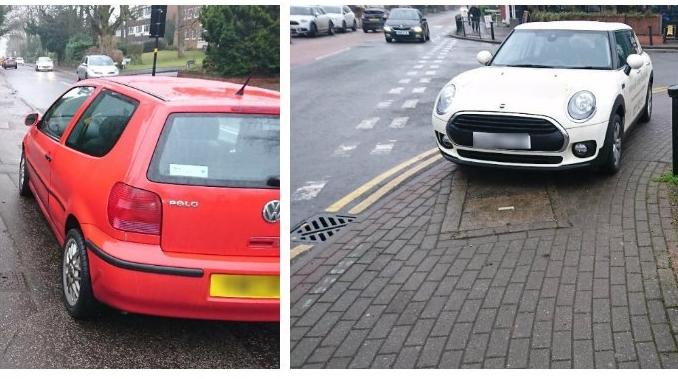Physical barriers, such as kerbs and bollards, are most effective in making streets appealing to pedestrians and cyclists, new research shows.
Experts from the Centre of Transport and Society, based at the University of the West of England, conducted their research through both extensive interviews with road planning professionals and policy makers, and focus groups of street users. Particular attention was paid to street users with disabilities and parents with young children.
 Cycle lane.jpg (credit: road.cc)
Cycle lane.jpg (credit: road.cc)
Their results, published in the Transportation Research journal, found that street users were strongly in favour of physical separation between both cyclists and vehicle drivers, and cyclists and pedestrians. The opinion was shared regardless of the attitude held by street users towards the purpose and planning of street infrastructure.
For example, street users who wanted road design to prioritise the physical transportation of people as efficiently as possible were in favour of physical separation between the different modes of street users. So too were road users who wanted streets to be ‘places’ to stop and visit, with adequate seating for pedestrians, and traffic-calming methods that you would expect to find in a low-traffic, liveable neighbourhood.
Physical separation between the different types of road users was described as being particularly importance. “When walking and rolling, some people feel intimidated in streets where space must be shared with cyclists or motor vehicles,” the researchers wrote.
“As well as consensus across the viewpoints, more than half of participants overall agree that if physical separation between cyclists and motorised traffic, and between pedestrians and cyclists were present, they would be able to choose to use that street or route.”
The study also found that integrated pedestrian routes with cars and bicycles caused visually impaired street users to feel “intimidated” sharing the space and often needed support to safely walk down the street.
The other initiatives broadly supported by the focus groups included low traffic speeds, smoother surfaces and more direct walking and cycling routes that are at least as or more direct than routes made in a car.
> Reducing speed limits to 20mph protects cyclists and doesn’t delay traffic, new research finds
Whether a street is considered as a journey tool or a destination itself impacts its perception among street users. But the support for greater separation between different road users does not match with the views of policy makers and professionals. The participants from this study included the police, a local highways authority, the Department for Transport and an MP who is a member of both the Transport Select Committee and the All-Party Parliamentary Group on Cycling and Walking.
The researchers found that these professionals “tended to focus narrowly on the area closest to their profession, particularly regulation and/or design. The implication is that professionals are not thinking about the design, regulation and resulting behaviours within streets as holistically as they should be doing.”
But despite the shortcomings in the overall design of road architecture, the paper also reported that, for those surveyed in the focus group, “bad behaviour plays the most important role in creating streets that are hostile, except for people who use a mobility device, for whom inaccessible design is the biggest barrier.” There was also a lack of agreement among participants over the role regulation should play in determining the layout of roads and streets.
 Pavement parking (WMP/Twitter) (credit: road.cc)
Pavement parking (WMP/Twitter) (credit: road.cc)
The study was conducted in and around Bristol, a city which earlier this year was rated among the best cities in Europe for cycling with children thanks to its early adoption of 20mph speed limits. However, the city has also been criticised for the “invisibility” of several bike lanes and the lack of segregation of its cycling and pedestrian infrastructure. Bristol Council responded to criticism in May by announcing it would paint several cycle lanes red.
Previous studies from the United States have shown that so-called ‘protected’ or ‘buffered’ bicycle lanes are “significantly associated with larger increases in ridership than higher-stress facilities such as standard bicycle lanes and shared-lane markings.”
In 2021, the Department for Transport wrote to local authorities in England saying it would only provide funding for segregated bicycle infrastructure and would not support applications for funding made only to paint cycle lanes.

